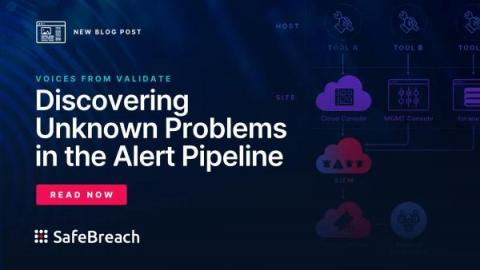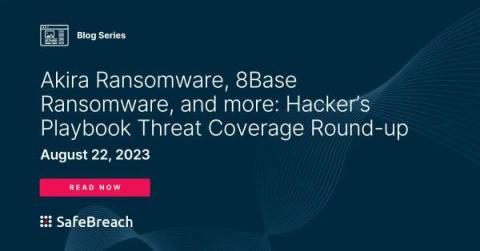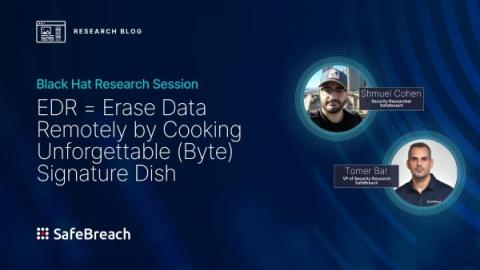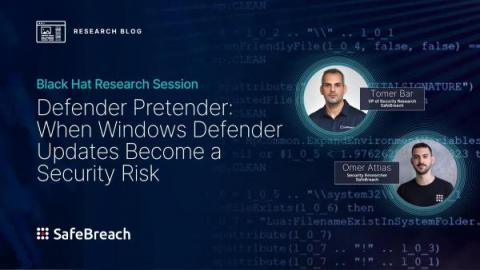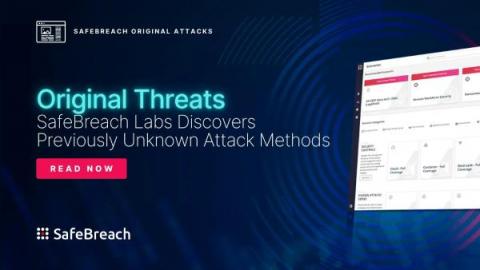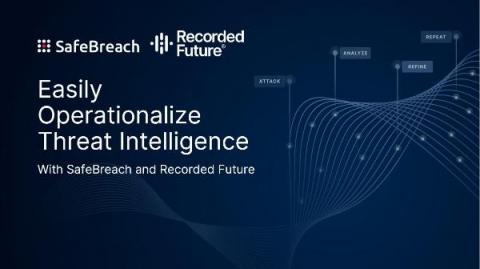Discovering Unknown Problems in the Alert Pipeline
Financial services institutions (FSIs) have become an increasingly common target for malicious actors. According to Boston Consulting Group, FSIs are 300 times more likely to face cyber attacks than other sectors, and the 2022 VansonBourne report noted that 94% of the FSIs it surveyed experienced a cyber attack in the last 12 months.


